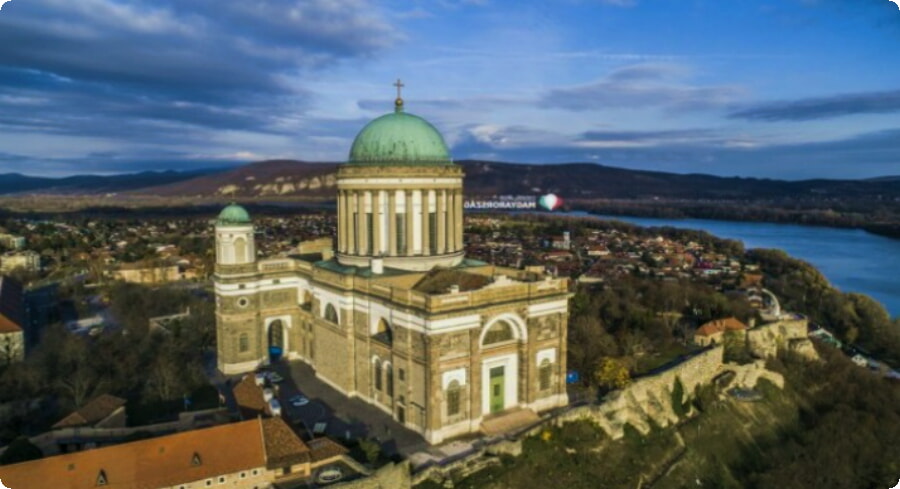Esztergom is a small town in Hungary on the Danube. It is located on the very border of Hungary, which runs along the river. Already on the neighboring, northern coast – Slovakia.
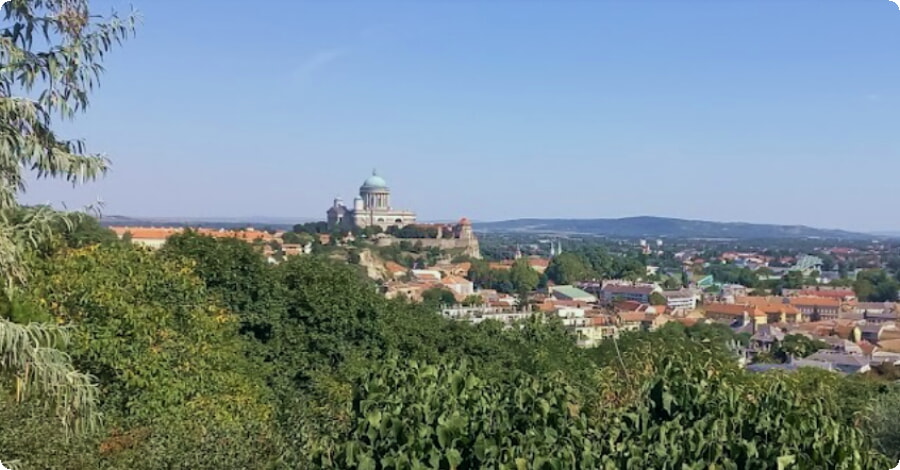
The city was the capital of the Hungarian state in the Middle Ages, but even now it has not lost its significance. Now it is the spiritual center of the country. Here is the residence of the Archbishop of Esztergom, who bears the important title of primate in Catholicism.
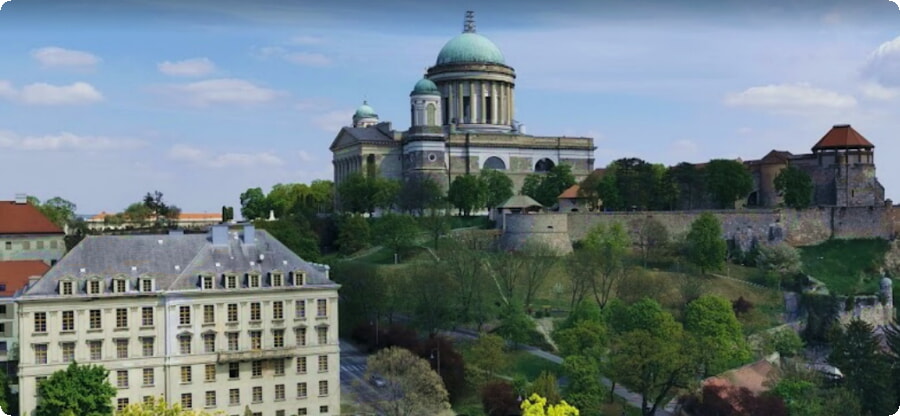
It is in Esztergom that the largest and tallest church in all of Hungary is located. This is the Basilica of St. Adalbert, built in the 19th century in the neoclassical style. It stretches for as much as 118 meters, has a height of 100 m and a width of almost 50 m.
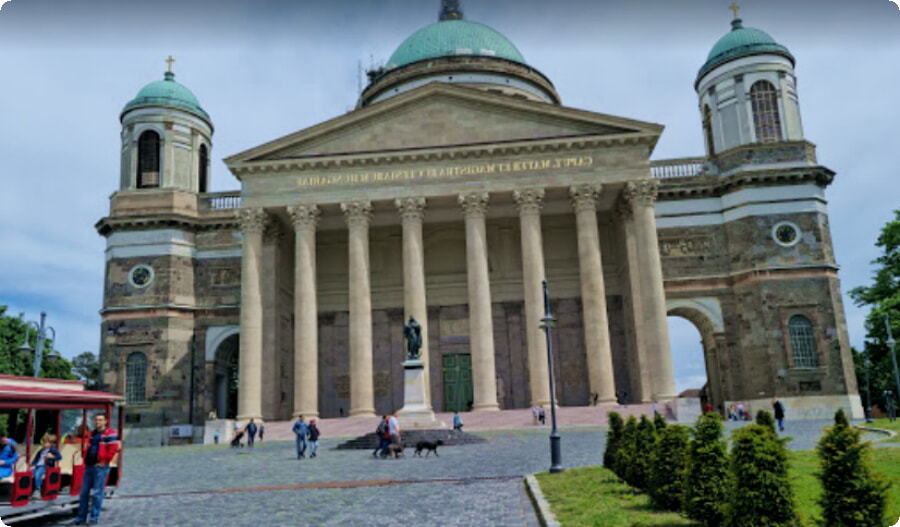
Considering that the building was built on a hill, this makes it visually simply huge. Inside the basilica impresses with its splendor and monumentality. The third largest organ in Europe is located here, and the length of the echo is as much as 9 seconds! Before the basilica, back in the 10th century, there was the first Christian church of the Hungarians – the Church of St. Adalbert.
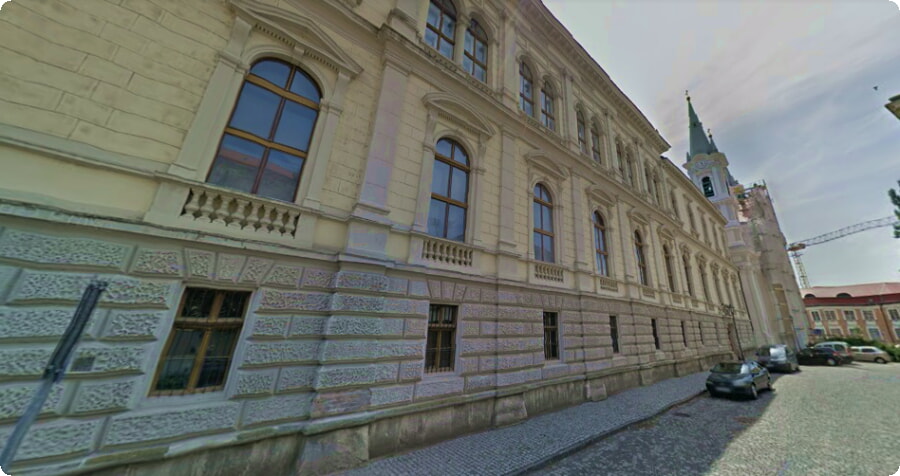
This was of great importance for the history and culture of Hungary, because before the adoption of Christianity, the Hungarians terrified the whole of Western Europe. Unfortunately, that church was destroyed, as was the cathedral built after it. During the Ottoman rule, Esztergom ceased to be a religious capital.
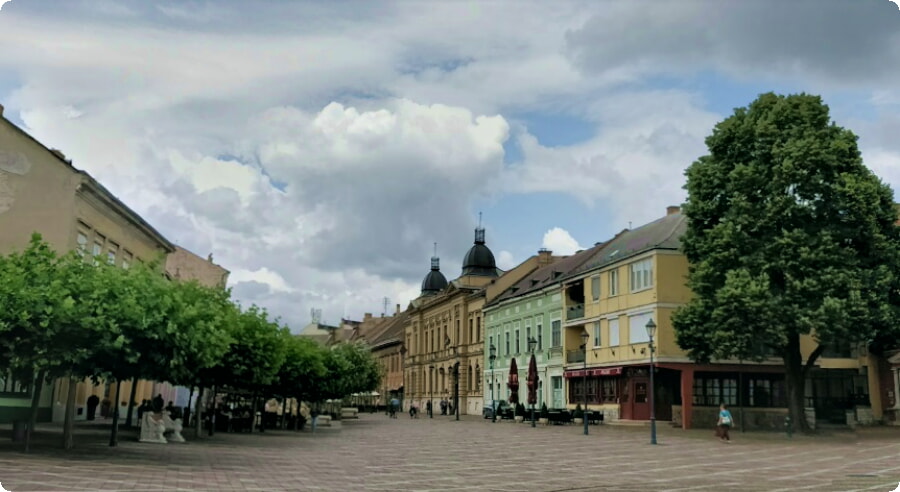
Definitely worth a visit is the Royal Palace, which stands next to the main church and is the same age as it. Previously, it belonged to the Arpad dynasty, but during the reign of the Turks it was destroyed almost to the ground. Now here is the historical Museum of Esztergom, which stores knightly armor with weapons, paintings and sculptures, dishes and tapestries.

All these valuable things were found by archaeologists during the excavations of Esztergom and its environs. It also hosts an exciting festival of historical reenactment “Summer Days in the United Kingdom” every year.
In addition, the Archbishop’s Palace will also be interesting for tourists, where amazing works of Hungarian national art from the Middle Ages and Italian paintings of the early Renaissance are stored. There is a Christian museum and a library here. In addition, the museum has old manuscripts and rare books.
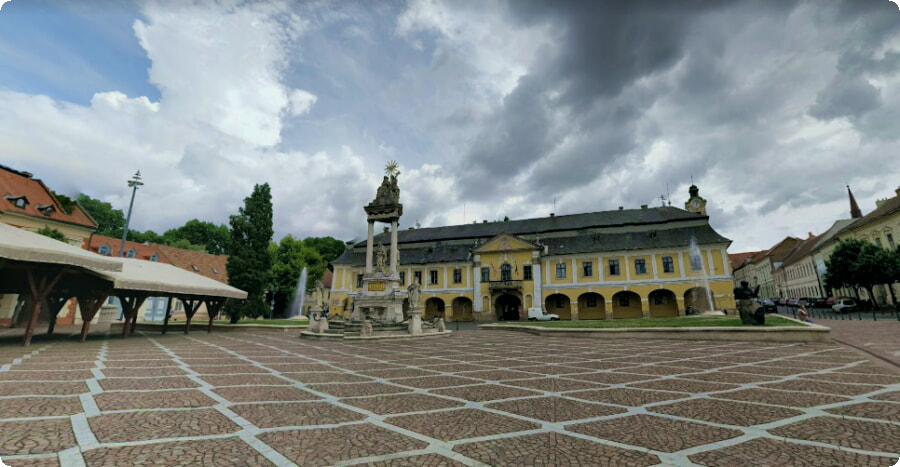
It is very pleasant to walk slowly around the city. You can walk along the embankment or go to the central Széchenyi Square. It is surrounded by many ancient architecture in the Rococo and Baroque styles.
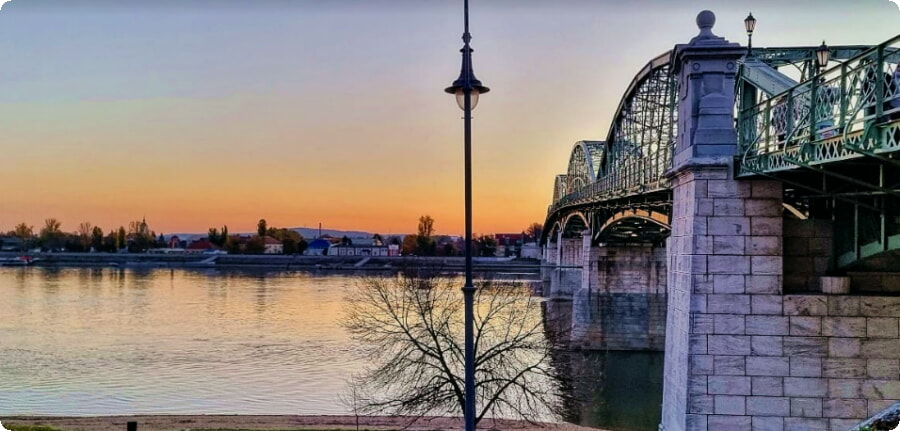
Above the Danube is the bridge of Maria Valeria, half a kilometer long. It was built at the end of the 19th century and blown up by the Germans at the end of World War II. It was restored only at the beginning of this century. On it you can get to the Slovak city of Sturovo.
